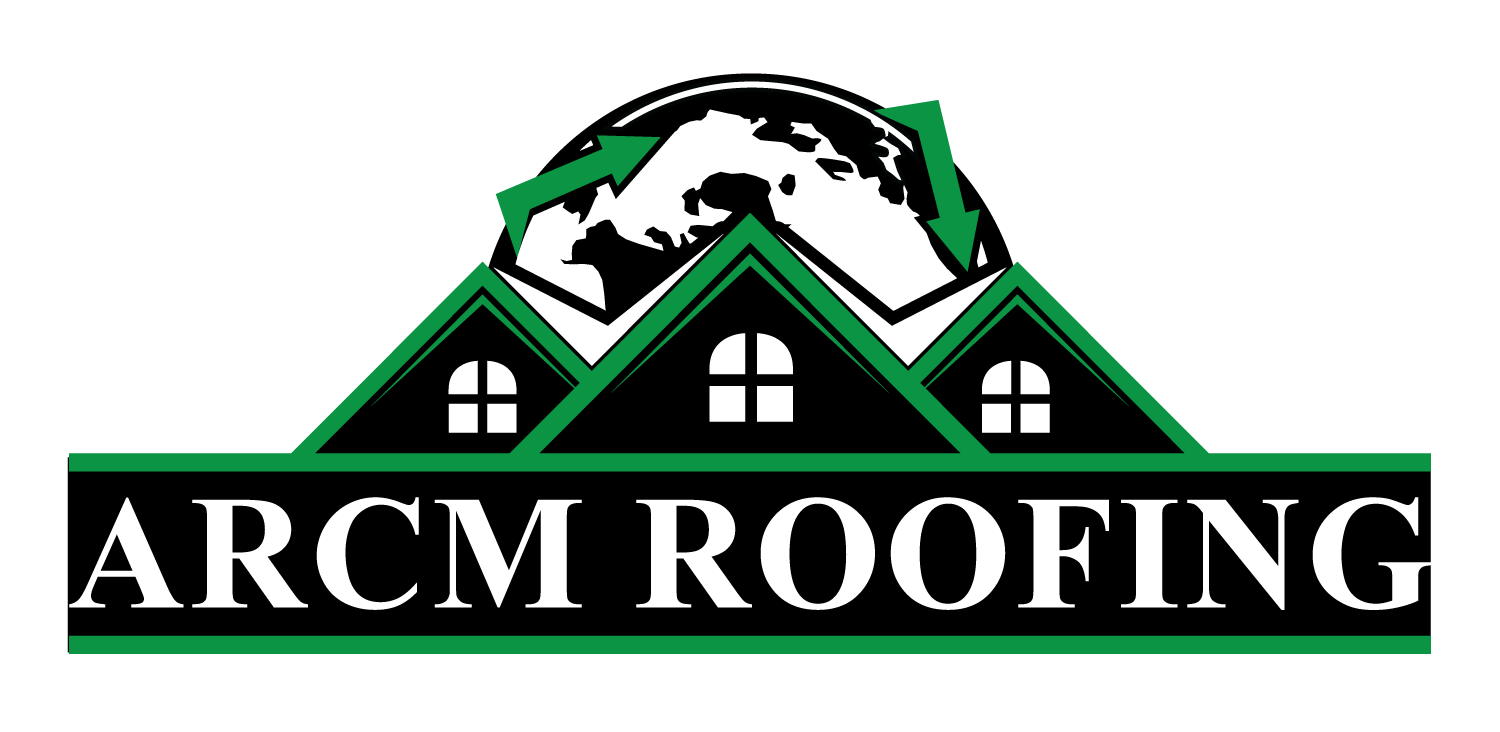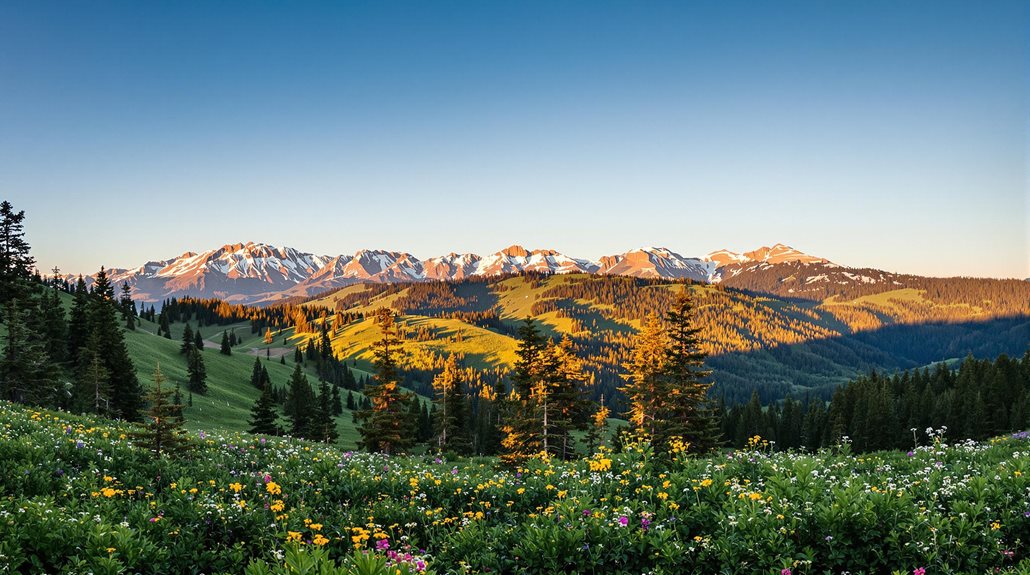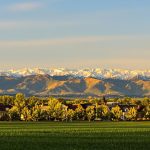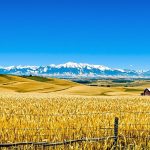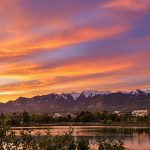Indian Hills, Colorado, is an unincorporated community in Jefferson County, originating as a Ute Indian summer hunting ground. It was developed by George Olinger in 1918 for summer cabins, becoming a resort community by the 1920s. The area stretches along Parmalee and Myers Gulch roads, offering scenic vistas and elevations between 6,800 and 7,800 feet. With a population of approximately 1,500, Indian Hills maintains a strong sense of community and natural beauty. Further exploration reveals its unique history, geographic features, and vibrant community life.
Expert Highlights
- Indian Hills was initially a Ute Indian summer hunting ground.
- The area was developed by George Olinger in 1918 for summer cabins.
- It is located in the foothills of Colorado, near State Highway 74 and U.S. Highway 285.
- Indian Hills has a strong community focus with regular events.
- The community maintains a natural charm with scenic vistas.
History of Indian Hills
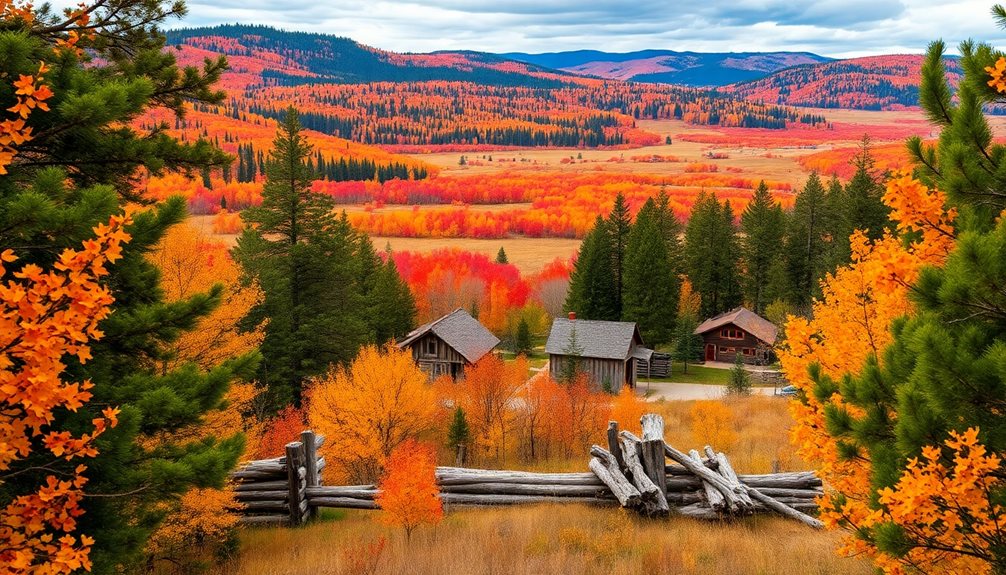
Indian Hills, Colorado, boasts a rich history that intertwines traditional Native American presence with pioneering settlement and modern development.
The area was initially used by the Ute Indians as a summer hunting ground, the Ute tribe prevails with notable figures like Chief Colorow and Chief Washington.
Early pioneers settled in the 1860s, with John D. Parmalee building a toll road and operating sawmills.
In 1918, George Olinger transformed the area into "Indian Hills," developing it into a resort community with an emphasis on summer cabins and scenic vistas.
Like many Colorado mountain communities, Indian Hills maintains its small-town charm while preserving its historical heritage.
Geographical Features
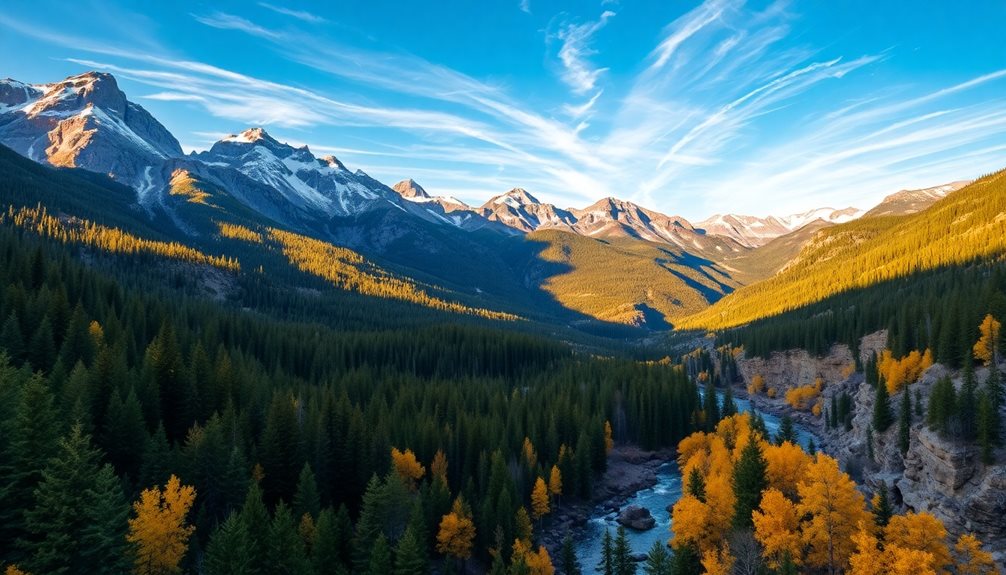
Located in the scenic foothills of Colorado, this community extends along the Parmalee Gulch and Myers Gulch Roads, between State Highway 74 at Kittredge and U.S. Highway 285 at Turkey Creek. Indian Hills is characterized by its natural landscape and environmental features. While Indian Hills maintains its natural beauty, it offers a different environment than vibrant city communities found in other parts of Colorado.
| Geographical Feature | Description |
|---|---|
| Elevation | 7,211 ft |
| Total Area | 5.429 sq mi |
| Land Area | 5.425 sq mi |
| Water Area | 0.003 sq mi |
This setting supports diverse wildlife like elk and black bears.
Community Life
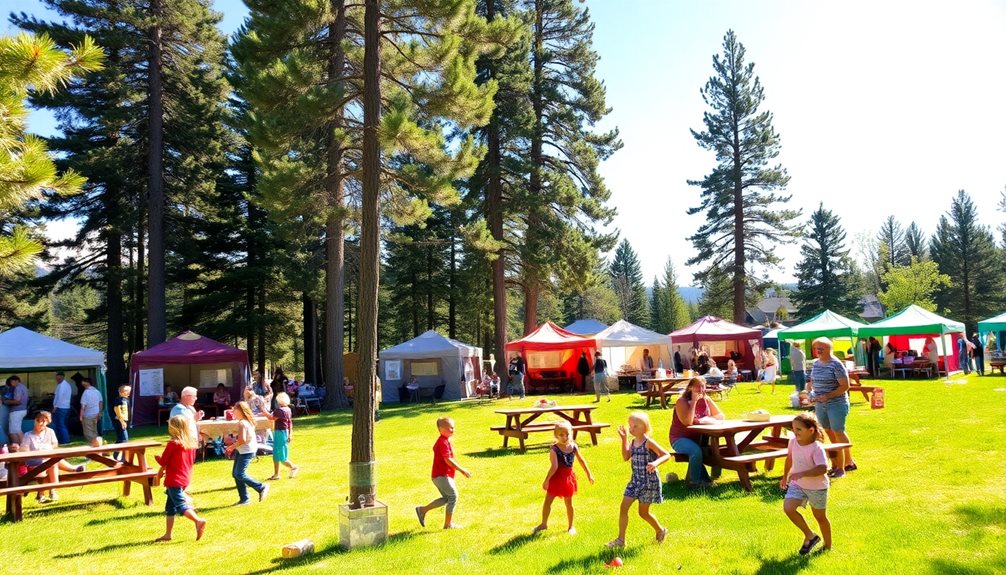
As an unincorporated community nestled in the Colorado foothills, the essence of community life in this area is deeply intertwined with its residents' strong sense of camaraderie and appreciation for historical and natural surroundings.
Community life is vibrant, with various events throughout the year. Key aspects of community life include:
- Pancake Breakfasts: Regular gatherings at the Indian Hills Community Center.
- Volunteer Programs: Focused on environmental health and safety.
- Community Center Events: Hosting weddings and town celebrations.
- Local Involvement: Encouraged through the Indian Hills Fire Department.
Economic Overview**
The economic landscape of Indian Hills, Colorado, is characterized by a high median household income, which averages around $165,838 to $173,125 depending on the source, reflecting the area's desirable living conditions and strong property values.
The community experiences a relatively low unemployment rate of 6.3%, though the job market recently decreased. Future growth is projected at 44.3%, surpassing national averages.
With a high homeownership rate and median property value of over $700,000, Indian Hills presents a robust economic environment suitable for families and professionals seeking a quality lifestyle.
The tax rates remain competitive with national averages.
Expert Final Thoughts
Indian Hills, Colorado, reflects a rich history and natural beauty, evolving from a pioneer-era settlement to a modern mountain community. Established in the 1920s by George W. Olinger, it features ponderosa pine forests and meadows. The area boasts a strong community ethos, supported by the Indian Hills Improvement Association and celebrated through events like the Fourth of July parade. Economically, Indian Hills's past as a summer resort now contrasts with its growth into a year-round residential community within the Denver metropolitan region.
